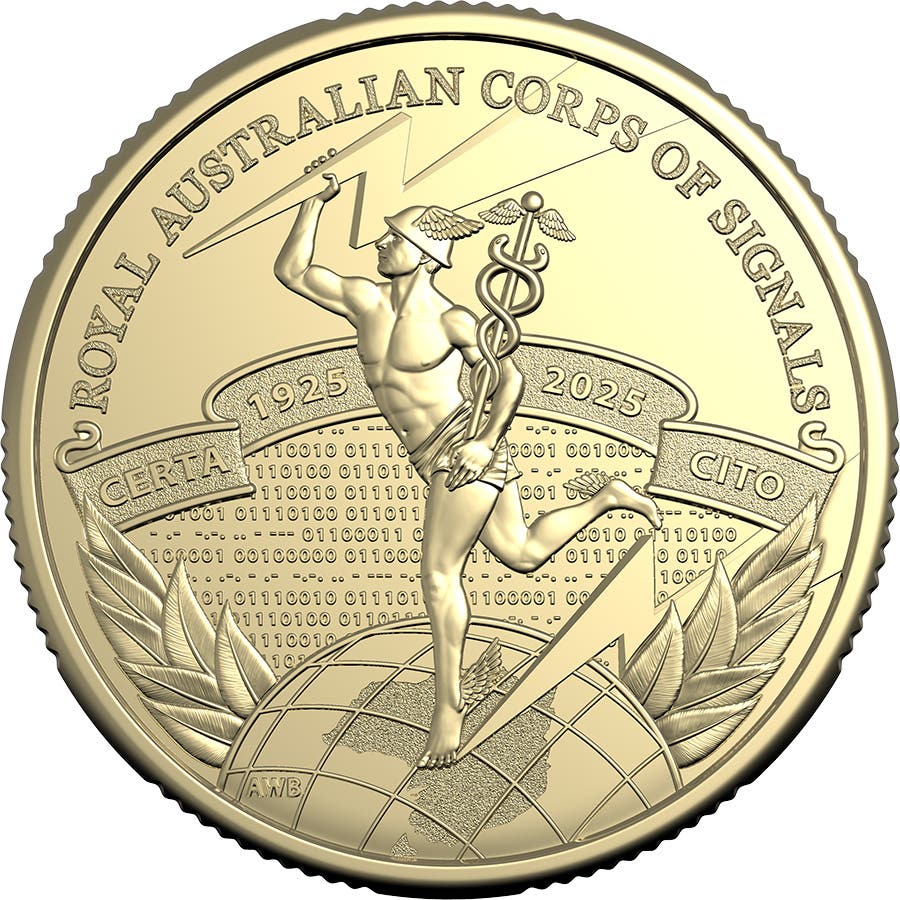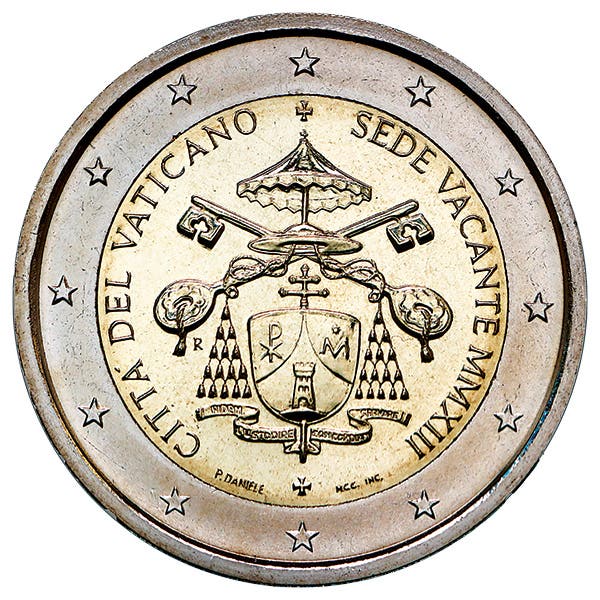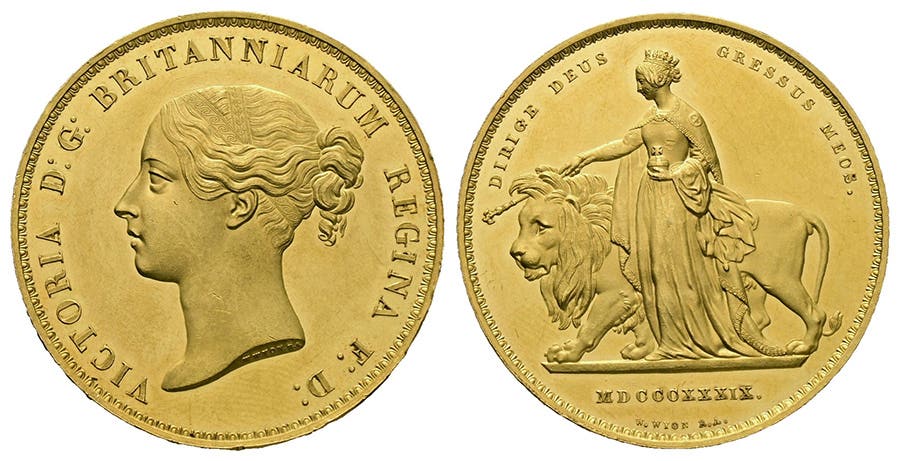Serious Limitations with Precious Metals IRAs
Most often, vendors do not fully disclose the drawbacks of owning precious metals through these accounts.
I have written multiple times over the years about the disadvantages of owning physical precious metals in an Individual Retirement Account (IRA) or any other officially designated retirement fund. Still, there continue to be constant commercials and advertisements by companies focusing on selling merchandise into these accounts. As far as I have seen, such vendors do not fully disclose the drawbacks of owning precious metals through such accounts.
Here are some of the more important limitations to owning precious metals using an IRA.
Lack of privacy from the government and third parties. One of the main reasons to own bullion-priced physical precious metals is the ability to do so with relative privacy. That is not possible with a precious metals IRA. The existence of such accounts and details of the exact assets they contain are known to the trustee who manages such accounts. Then, once a year, the trustee files a report to the Internal Revenue Service disclosing the existence of such an account, along with the name, address, and tax number of the account holder. You don’t have any privacy from the government agents who might demand records on the account from the trustee.
Potential high annual costs. To establish a precious metals IRA, the owner must hire a trustee and a depository to hold the assets. Both incur annual fees, although they may be charged on a single invoice. If someone simply purchases the same assets personally, they may elect not to pay for secured storage or may pay lower fees for a safe deposit box or their own safe.
Other transaction fees. Custodians and trustees can and do charge transaction fees, most of which an investor would not incur if conducting the transaction personally.
Lack of verification of the authenticity of assets. What liability do the vault companies incur to verify the authenticity of the merchandise they receive on behalf of account owners? There was one case several years ago where a custodian received sealed boxes of silver Eagle dollars and merely checked that the box seals were intact. In some instances, sealed boxes are worth a premium over those that have been opened to check contents, so how far is the custodian supposed to go to verify the assets? Upon selling these supposed coins years later, it was found that the boxes contained junk metal instead of coins. I do not know how the court case turned out for the account owner in suing the vault company for negligence.
Possible lack of protection from third-party claims against the custodian. The most secure form of vault storage would be segregated or allocated assets. In this status, the exact same assets as received by the custodian are separated from all other assets to be returned only to the account owner or shipped at his or her direction. They are considered property of the account owner and not subject to third-party claims against the custodian. This level of service costs more than unallocated storage. In unallocated storage, like-kind assets are commingled with other comparable assets. The account owner has title to part of the commingled assets but not to any specific asset. However, assets in unallocated storage are considered to be assets of the custodian, meaning they are available to settle third-party claims against the custodian.
Not all unallocated assets in storage are “fungible.” Fungible assets are those that are of identical quality and value as other assets of the same kind. But that doesn’t always happen. One investor purchased 20,000 silver Eagle dollars for his precious metals IRA in 1996, where the coins were all dated 1996. At the time of receipt by the custodian for unallocated storage, they were considered fungible. At some point, these 1996 silver Eagle dollars were shipped at the instruction of another precious metals IRA account holder using unallocated storage at the same custodian. When the 1996 silver Eagles turned out to be the low-mintage rarities, this account owner tried to sell them to reap the profits. However, those coins were long gone, with no record of where they went. This also became a court case, but I don’t know the result.
Possible delays in the ability to buy, sell, or take delivery. Having a precious metals IRA means having to deal with the bureaucracy of the trustee and custodian. It is not unusual for a transaction to take 4-8 weeks to be settled. If you needed to liquidate to get funds almost immediately, that usually can be easily facilitated with precious metals in your direct custody. By the way, taking delivery from a precious metals IRA would normally generate income tax liability on the full value of the asset. If owned personally, simply taking delivery from a vault would not itself be an income tax-reportable event.
Limited product selection. A precious metals IRA is only allowed to acquire precious metals rounds and ingots that meet the minimum purity of a commodity contract; coins that also meet the minimum purity of a commodity contract for that metal; or U.S. gold, silver, platinum, or palladium American Eagles. However, there are hundreds of choices of bullion-priced precious metals that an investor can acquire for their direct ownership. Often an investor can make a direct purchase of lower-premium forms that are prohibited from being held in a precious metals IRA. For gold, prohibited products include U.S. American Arts medallions and classic bullion-priced gold issues such as Austrian, British, Dutch, French, German, Italian, Russian, and U.S. coins. In silver, U.S. 90 percent and 40 percent silver coins are not eligible to be held by a precious metals IRA.
IRAs are tax-deferral accounts better suited for holding assets generating periodic income instead of owning tax-deferred assets. An investor who may have a given amount to put into an IRA and an equal amount held personally would be more advantageous for tax purposes to put interest- and dividend-paying assets into the IRA and keep the tax-deferred precious metals (where there are no income taxes due until they are sold) in their personal accounts. It doesn’t really make sense to put tax-deferred assets into a tax-deferred account and then pay fees for the privilege of doing so.
There are circumstances where an investor might be better off using a precious metals IRA, or it might be their only practical option to acquire a significant quantity of such assets. However, it should only be done once consideration is given to the above limitations.
Answer to the Previous Trivia Question
Last week, I asked: Until which decade were some North Carolina banks willing to accept privately issued Bechtler $1, $2.50, and $5 gold coins (struck from 1831-1850) at full face value?
The answer was the first decade of the 20th century. One reason banks were willing to accept these privately manufactured “tokens” was that some of them contained as much as 1 percent more gold than the U.S. Mint issues of the same denomination.
This Week’s Trivia Question
Here’s a two-part question. Can you identify the U.S. coin where 1) a husband and wife are credited as the designers, and 2) where the U.S. Mint’s chief engraver and the individual who would become his successor as chief engraver are credited as designers? Come back next week for the answer.
You may also like: The Downside of Precious Metal IRAs
Patrick A. Heller was honored as a 2019 FUN Numismatic Ambassador. He is also the recipient of the American Numismatic Association 2018 Glenn Smedley Memorial Service Award, 2017 Exemplary Service Award, 2012 Harry Forman National Dealer of the Year Award, and 2008 Presidential Award. Over the years, he has also been honored by the Numismatic Literary Guild (including in 2021 for Best Investment Newsletter), the Professional Numismatists Guild, the Industry Council for Tangible Assets, and the Michigan State Numismatic Society. He is the communications officer of Liberty Coin Service in Lansing, Mich., and writes Liberty’s Outlook, a monthly newsletter on rare coins and precious metals subjects. Past newsletter issues can be viewed at Liberty Coin Service online. Some of his radio commentaries titled “Things You ‘Know’ That Just Aren’t So, And Important News You Need To Know” can be heard at 8:45 a.m. Wednesday and Friday mornings on 1320-AM WILS in Lansing (which streams live and becomes part of the audio archives posted at WILS 1320).








